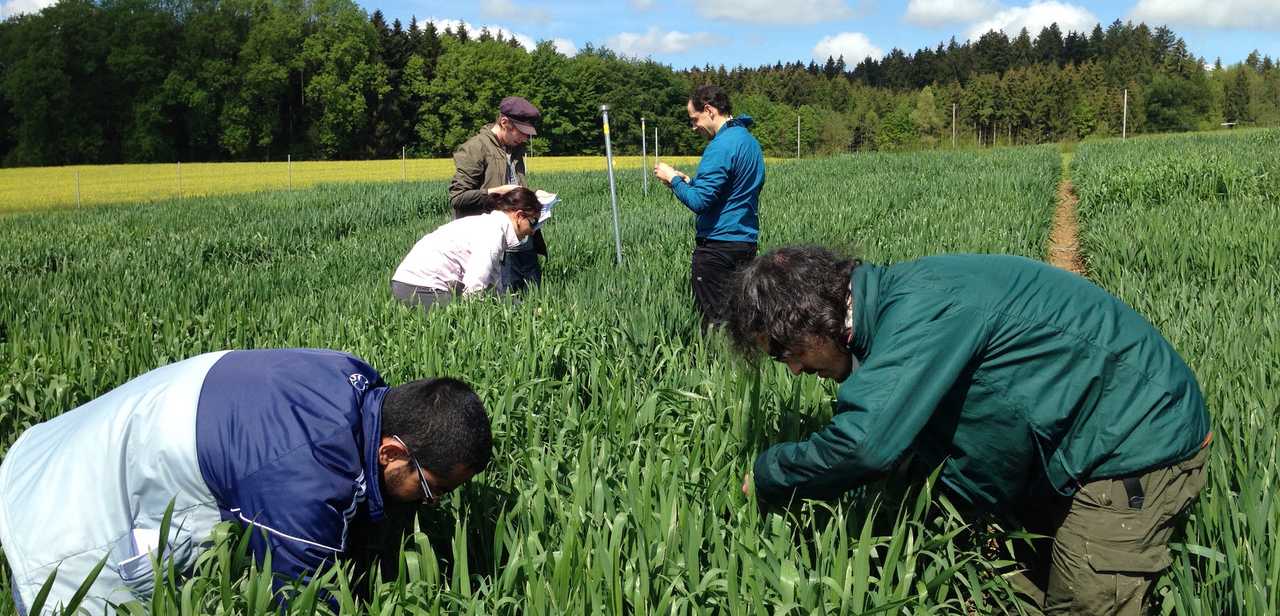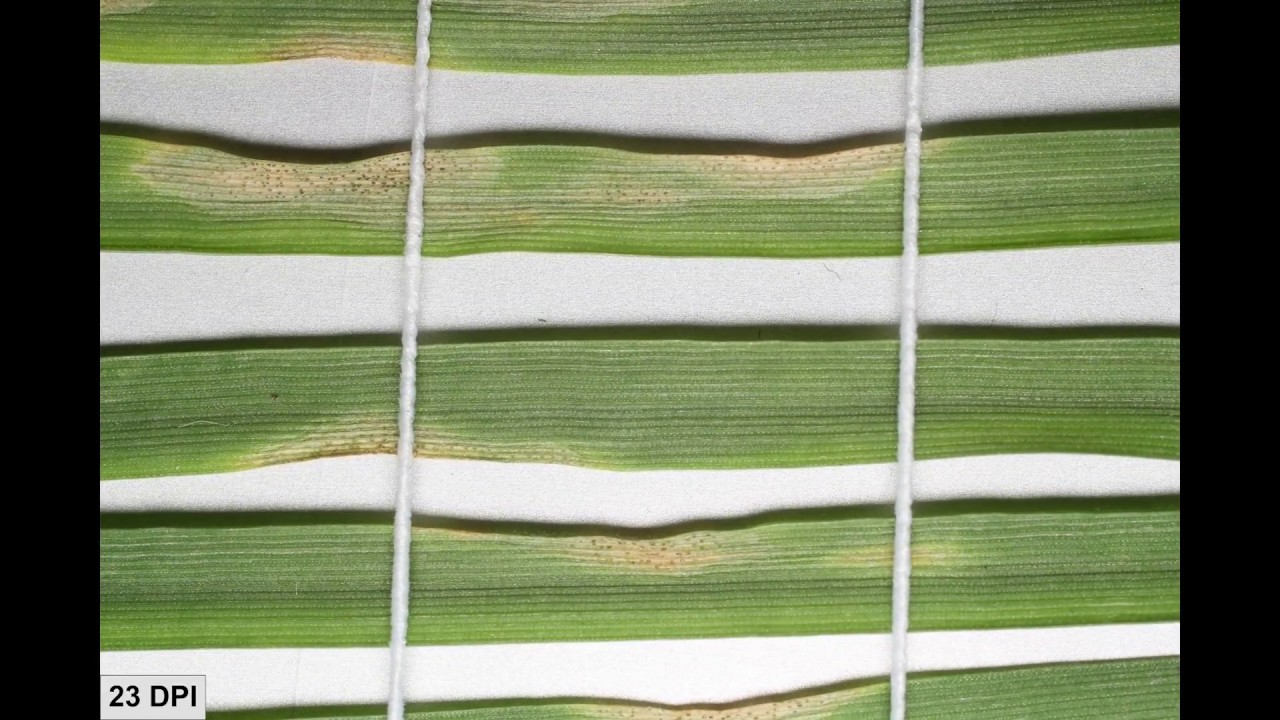Digital agriculture for breeding wheat
The biggest enemy of wheat production in Europe is the disease septoria tritici blotch. Industry spends over a billion Euros on fungicides every year to fight the fungus behind the blotch. Professor Bruce McDonald thinks it is time to change tactics. Read more.

What do we have to change in the fight against septoria tritici blotch?
Currently industry focuses on killing the fungus with pesticides. New fungicides are constantly being developed, but the outcome is always the same. Eventually the fungus becomes resistant. So, after standing in front of an experimental field at the test site in Eschikon, which was totally infected with septoria tritici blotch despite a professional treatment with the latest mix of fungicides, we decided it was time to try something else. We shifted our research from studying the fungus to studying the host. We focused on how to make the host more resistant by identifying genetic markers for disease resistance that can be used in wheat breeding programs.
What did you learn from studying the infected host?
There were 335 different elite wheat cultivars planted in the test field. Each had a different genetic makeup that affected its resistance to septoria tritici blotch. We monitored the plants over several months and were able to identify two independent components of wheat resistance: 1) how well the host suppresses leaf damage, 2) how well the host suppresses pathogen reproduction. The latter component turned out to be the key in the fight against the fungus.

What is digital about your approach?
We needed a lot of data to test our theory of different components of resistance. We collected over 21’420 infected leaves from the field. It would have been very tedious if not impossible to visually analyze each leaf by eye – not to mention the inevitable human scoring errors. So we scanned the leaves and automated the image analysis using our in-house developed software. With this huge data set of more than 8 million data points we were able to identify those plants which best suppressed the pathogen reproduction. We then identified genetic markers associated with the highest resistance to use in future breeding projects. We also found early indicators that can be used to predict host damage late in the growing season.

What is the next step?
We are seeking an industry partner with a background in robotics, as we want to fully automate our high-throughput phenotyping technology. A robot can easily sort and scan thousands of individual leaves and provide us with more image data to conduct better experiments. Big data in turn will open the door towards a machine-learning algorithm to further improve our image analysis, so that we can identify even better the most resistant plants and their corresponding resistance genes. We think this will be the key to taming septoria tritici blotch.
Contact / Links:
Prof. Dr. Bruce McDonald, Institute for Integrative Biology
Do you want to subscribe to ETH News for Industry?
external page Subscribe to our newsletter
Are you looking for research partners at ETH Zurich?
Contact ETH Industry Relations
